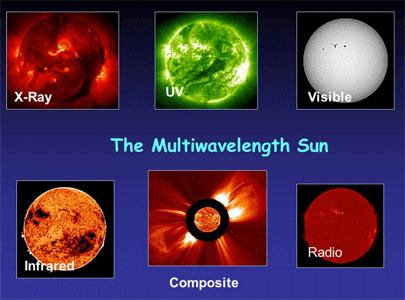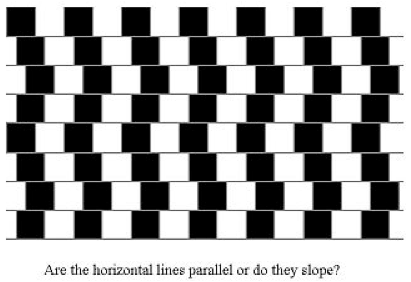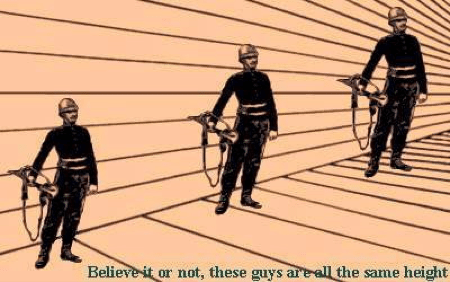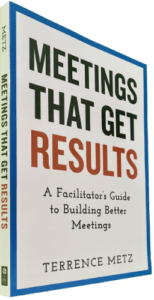Individuals and groups can frankly be wrong when they think they are right. Professional facilitators get groups to focus on the conflict of the issues and ideas rather than the conflict between the people advocating those ideas. At the same time, they need to guard against meeting bias.
The chance of error when making complex decisions is amplified by the amount of data required to support the decision Properly facilitated, groups of people can see through the fog clearer than those biased with the information they bring to a meeting or workshop.
Note the following impactful biases cited by the World Future Society in its March-April 2013 edition of “The Futurist.”
Bias Factors Affecting Group Decision-Making and Meeting Bias
- Confusing desirability and familiarity with probability
- Cost of detailed primary research, leading to shortcuts
- Distortion of data by media through selection and repetition
- Forecaster’s bias which involves a preference for change or patterns
- Homogenization of distinct multiple data sources (for cost savings)
- Lack of clear confidence intervals (how clean the data is)
- Mistaking correlation for causation (a very common error)
- Organizational biases
- Over-immersion in local social values or perceptions
- Political research sponsorship
- Preconceptions—framing complex issues in a skewed fashion (selective perception)
Professional facilitators help objectify the subject matter experts’ points of view with challenges and structured discussion. They help depersonalize issues from people, so that ideas can stand on their own merit and value, not inflated by the charisma of persuasive participants.
Guard against selective perception
As their session leader, remember that everything heard in a meeting or workshop is interpreted and filtered differently by participants. They will hear or see differently based on their individual biases, or colored lenses. To illustrate the point, the vastly different pictures below are all from the same area in space using different lenses including radio, infrared, visible light, x-ray, gamma ray, and others.
Or, consider the following where we discover the horizontal lines below are truly parallel and not askew. Some will claim that “no way” are the lines parallel, when in fact they are perfectly parallel.
Additionally, look at the people in the picture below and understand that they are the exact same height, although appearances deceive. Be on guard always against biases that disrupt consensus building, and embrace the effective presentation tips discussed elsewhere.
______
Don’t ruin your career by hosting bad meetings. Sign up for a workshop or send this to someone who should. MGRUSH workshops focus on meeting design and practice. Each person practices tools, methods, and activities every day during the week. Therefore, while some call this immersion, we call it the road to building high-value facilitation skills.
Our workshops also provide a superb way to earn up to 40 SEUs from the Scrum Alliance, 40 CDUs from IIBA, 40 Continuous Learning Points (CLPs) based on Federal Acquisition Certification Continuous Professional Learning Requirements using Training and Education activities, 40 Professional Development Units (PDUs) from SAVE International, as well as 4.0 CEUs for other professions. (See workshop and Reference Manual descriptions for details.)
Want a free 10-minute break timer? Sign up for our once-monthly newsletter HERE and receive a timer along with four other of our favorite facilitation tools, free.

Terrence Metz, president of MG RUSH Facilitation Training, was just 22-years-old and working as a Sales Engineer at Honeywell when he recognized a widespread problem—most meetings were ineffective and poorly led, wasting both time and company resources. However, he also observed meetings that worked. What set them apart? A well-prepared leader who structured the session to ensure participants contributed meaningfully and achieved clear outcomes.
Throughout his career, Metz, who earned an MBA from Kellogg (Northwestern University) experienced and also trained in various facilitation techniques. In 2004, he purchased MG RUSH where he shifted his focus toward improving established meeting designs and building a curriculum that would teach others how to lead, facilitate, and structure meetings that drive results. His expertise in training world-class facilitators led to the 2020 publication of Meetings That Get Results: A Guide to Building Better Meetings, a comprehensive resource on effectively building consensus.
Grounded in the principle that “nobody is smarter than everybody,” the book details the why, what, and how of building consensus when making decisions, planning, and solving problems. Along with a Participant’s Guide and supplemental workshops, it supports learning from foundational awareness to professional certification.
Metz’s first book, Change or Die: A Business Process Improvement Manual, tackled the challenges of process optimization. His upcoming book, Catalyst: Facilitating Innovation, focuses on meetings and workshops that don’t simply end when time runs out but conclude with actionable next steps and clear assignments—ensuring progress beyond discussions and ideas.







